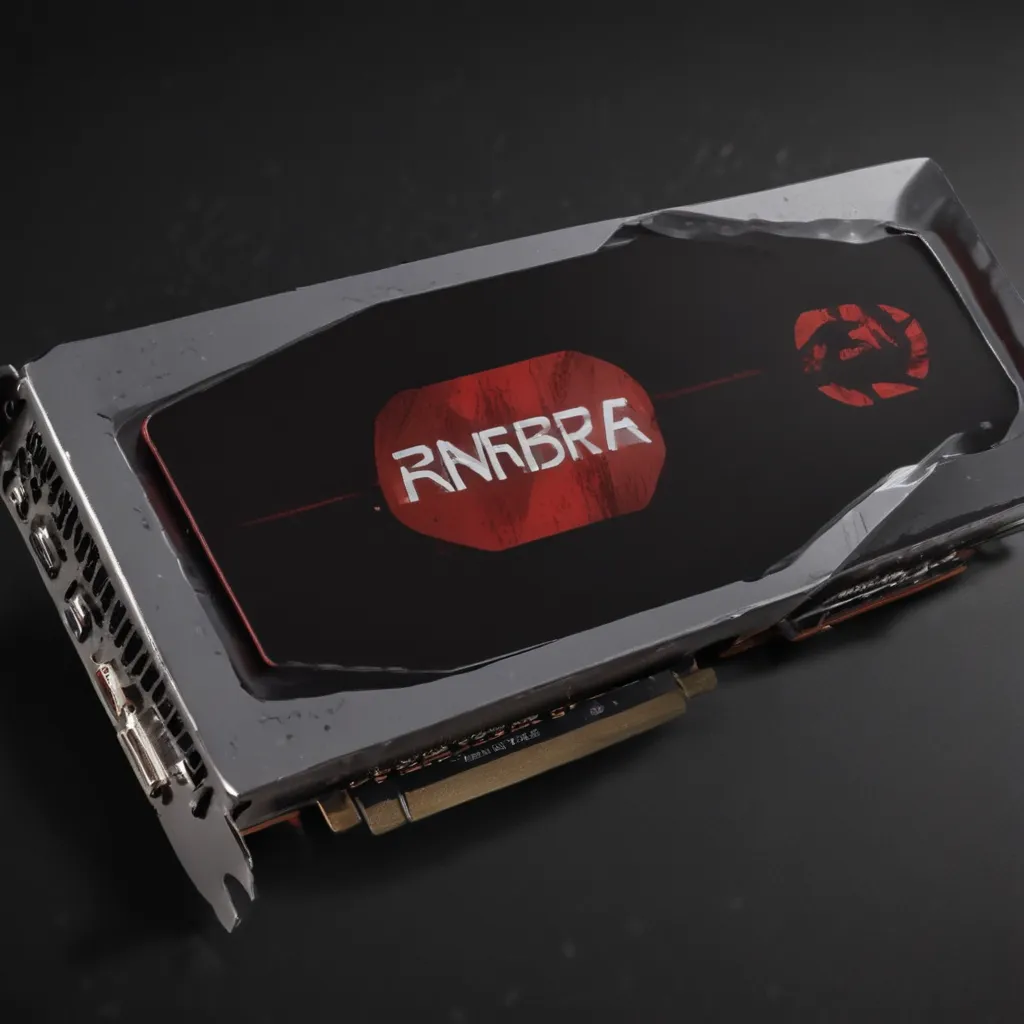The Tock to RDNA 2’s Tick
Just when I thought I had a handle on the latest and greatest in GPU technology, AMD goes and shakes things up again with their RDNA 3 architecture. As a self-proclaimed graphics card enthusiast, I can’t help but feel a mix of excitement and mild bewilderment at the prospect of AMD’s next-gen GPUs. Will they finally dethrone Nvidia as the king of the hill? Or is this just another case of AMD overpromising and underdelivering? [4]
To find out, I’ve been scouring the interwebs, diving deep into forums, and poring over the latest leaks and announcements. And let me tell you, what I’ve uncovered has got me more pumped than a bodybuilder after chugging a gallon of protein shake.
The Chiplet Revolution
The first and perhaps most significant change with RDNA 3 is AMD’s adoption of a chiplet design. [4] Gone are the days of monolithic GPU dies – RDNA 3 is all about taking that bad boy and chopping it up into bite-sized pieces. Now, instead of a single, massive GPU, we’re looking at a collection of smaller, interconnected chiplets.
Now, I know what you’re thinking – “Wait, isn’t that the same approach AMD took with their Ryzen CPUs?” Bingo, my friend! AMD is clearly taking a page out of their own playbook, and for good reason. [4] The benefits of a chiplet design are numerous – improved yields, better power efficiency, and the ability to mix and match different components to create a custom GPU tailored to your needs. Plus, it opens up the possibility of some serious performance scaling as AMD can simply add more chiplets to the mix.
Breakthrough Raytracing
But it’s not just the physical design that’s getting a makeover – AMD is also promising some serious improvements under the hood. [7] One area that’s been a sore spot for Radeon cards in the past is raytracing performance. Well, hold onto your seats, because RDNA 3 is about to change the game.
AMD has been granted a shiny new patent that describes a GPU with a hardware-specific traversal engine and a specialized BVH memory cache. [5] In layman’s terms, this means RDNA 3 GPUs will be able to handle raytracing workloads more efficiently, delivering a significant boost in performance. Suddenly, that RTX 40-series lead doesn’t look quite so insurmountable.
A Faster, Greener Future
But the changes don’t stop there. RDNA 3 is also expected to bring some notable improvements in raw performance and power efficiency. [4] Rumors suggest the flagship Navi 31 GPU could pack up to 96 compute units, a 256-bit memory bus, and clock speeds that put even the mightiest RTX 40-series cards to shame.
And the best part? AMD is reportedly aiming to keep the power draw in check, with a target TDP of under 280 watts. [5] That’s a far cry from the power-hungry behemoths Nvidia has been churning out lately. Imagine the bragging rights of having a graphics card that can outperform the competition while sipping power like a health-conscious hipster at a craft beer festival.
The Wait is (Almost) Over
Of course, the big question on everyone’s mind is: when can I get my hands on these RDNA 3 marvels? Well, if the rumors are to be believed, we might not have to wait too much longer. [5] Some industry analysts are predicting a mid-2024 launch for the RDNA 4 lineup, which could mean we see the RDNA 3 cards hit the market by the end of 2023.
Now, I know what you’re thinking – “Didn’t AMD just launch the RX 7900 series? Why do we need new cards already?” Well, my friends, in the ever-evolving world of graphics technology, AMD can’t afford to rest on their laurels. [6] They’ve got to keep the pressure on Nvidia, and that means constantly pushing the boundaries of what’s possible.
A Ryzen-esque Moment for Radeon?
So, what can we expect from these RDNA 3 beasts? If AMD’s track record with Ryzen is any indication, we’re in for a real treat. [4] Just like the Ryzen CPUs revolutionized the desktop computing landscape, RDNA 3 has the potential to do the same for the GPU market.
Imagine a world where AMD’s Radeon cards not only match but surpass Nvidia’s offerings in terms of raw performance, power efficiency, and (dare I say it) even raytracing prowess. It’s a tantalizing prospect, and one that has me eager to see what the future holds.
Of course, as with any new technology, there’s always the risk of teething problems and driver woes. [2,3] But if AMD can avoid the missteps of the past and deliver a rock-solid, driver-stable experience, then I believe RDNA 3 could be the beginning of a new era for Radeon. One where AMD reclaims its rightful place as the king of the GPU hill.
Only time will tell, but if the early signs are any indication, the future of AMD graphics is looking brighter than ever. So, buckle up, my fellow graphics card enthusiasts, because the RDNA 3 revolution is coming, and it’s going to be one wild ride.
References
[1] https://www.reddit.com/r/Amd/comments/13w1nks/should_we_expect_rdna3_high_performance_laptop/
[2] https://community.amd.com/t5/drivers-software/the-state-of-drivers/m-p/586189
[3] https://www.reddit.com/r/Amd/comments/183ndfr/speculation_on_rdna_4_flagship_gpu_size_and/
[4] https://www.tomshardware.com/news/amd-rdna-3-gpu-architecture-deep-dive-the-ryzen-moment-for-gpus
[5] https://www.reddit.com/r/hackintosh/comments/t9w3kw/how_long_does_it_take_before_new_gpus_are_usable/
[6] https://forums.unraid.net/topic/147697-unraid-gaming-vm-guide-with-nvidia-gpu-passthrough/
[7] https://www.amd.com/en/graphics/radeon-rx-graphics













